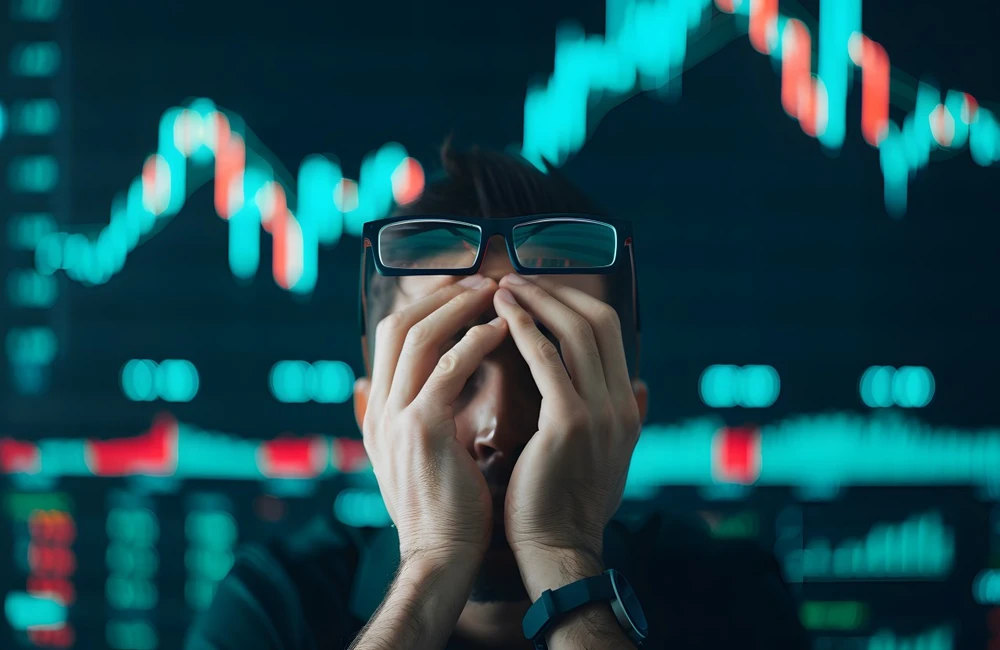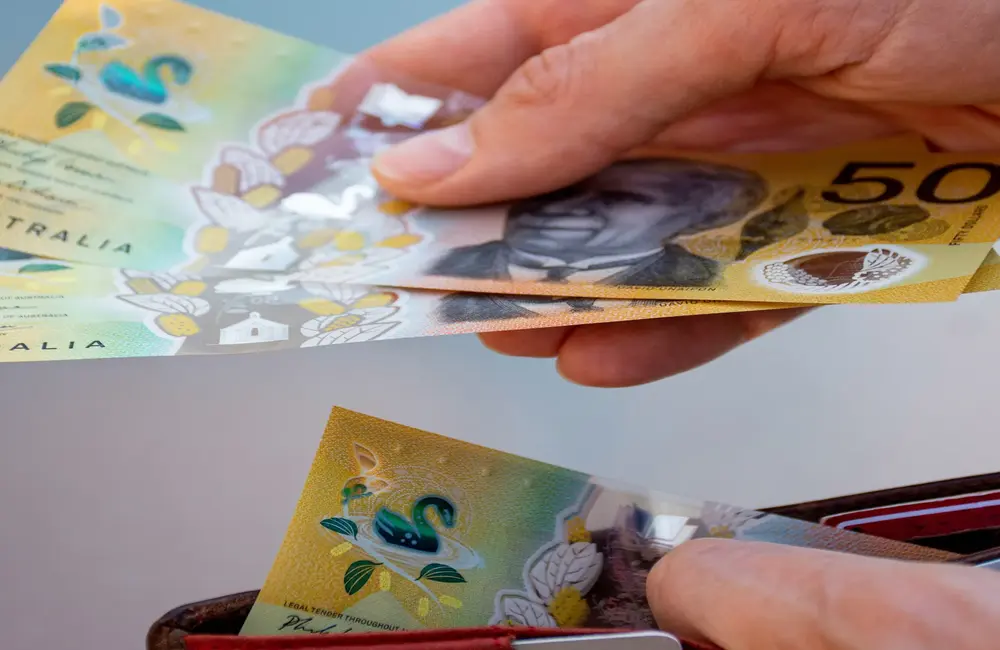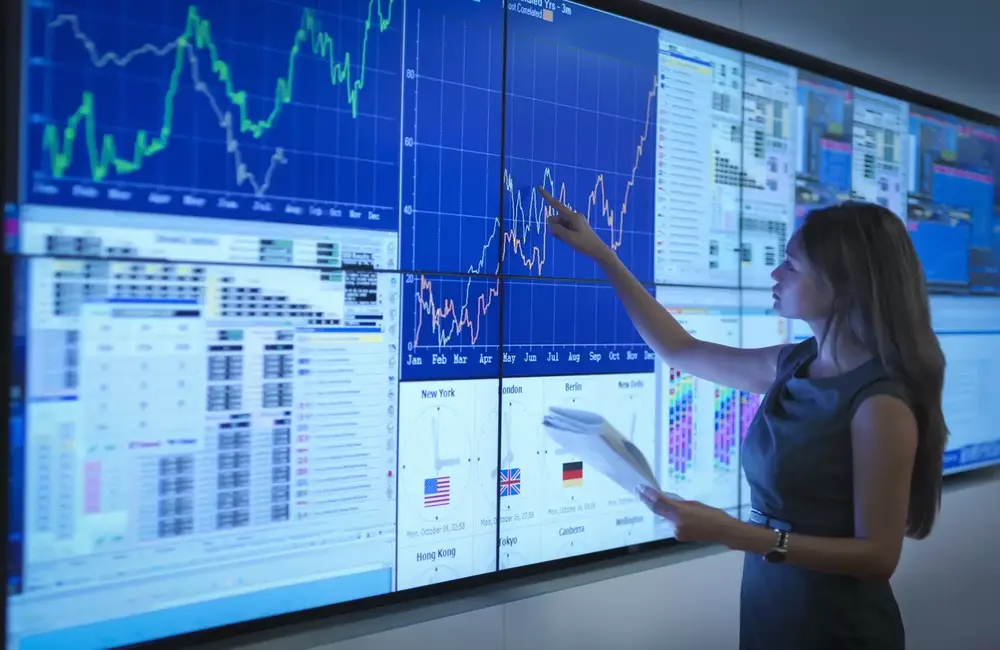ASX futures were flat fixing at 6836 as of 7am AEDT on Thursday, up 2 points or 0.02%, suggesting a flat start.
US stocks edged up after flipping between small gains and losses on Wednesday, as they rebounded from the wild swings a day earlier that were set off by a higher-than-expected inflation report. The S&P 500 was 0.3 percent higher, a day after the benchmark index tumbled 4.3 percent in its worst selloff since June 2020. The Dow Jones Industrial Average rose 0.1%, and the tech-heavy Nasdaq Composite added 0.7%.
And on Wednesday, a measure of U.S. suppliers’ prices also showed that inflation is running hot. A measure of what suppliers are charging businesses and other customers rose 8.7 percent in August from a year earlier. On a monthly basis, the reading softened 0.1% from July, in line with what economists had predicted.
“We saw jarring market movements yesterday as we repriced Fed and economic risk expectations,” said Megan Horneman, director of portfolio strategy at Verdence Capital Advisors. "Now comes the absorption of such a devastating day today.”
Commodities
The market is watching commodity markets after Brent crude finished 1.21% higher at $US94.3 a barrel, gold dipped 0.32% to US$1,696.76.
2 Year AU government bond yields hit 3.01% and 10 Year AU government bond yields hit 3.63% locally. Overseas, the yield on 2 Year US Treasury notes rose to 3.91% and the yield on the 10 Year US Treasury notes was at 3.41%.
The Australian dollar rose modestly against its American counterpart to 67.38 US cents (from 67.28 at the close of the Australian session). The Wall Street Journal Dollar Index, which measures the U.S. currency against 16 others, inched down to 101.38.
Asia
Stocks in China closed in the red after a brief rebound in recent days, as global equities fell amid renewed concerns around U.S. inflation and aggressive interest-rate hikes by the Fed. The benchmark Shanghai Composite Index fell 0.8% to 3237.54, and the Shenzhen Composite Index shed 1.1% to 2100.90. The tech-heavy ChiNext Price Index was the worst performer and fell 1.8 percent to close at 2503.82. Chinese EV suppliers, including battery makers and chemical producers, were among the hardest hit, tracking a selloff in the EV sector on Wall Street overnight.
Hong Kong shares finished sharply lower, the Hang Seng Index dropping 2.5% to close at 18847.10. That was its worst one-day fall in more than two months. Exporters were leading the decline on increased concerns about U.S. consumer sentiment after the latest data pointed out that inflation hasn’t softened as much as was expected. Techtronic Industries, whose clients include several large U.S. retailers, plunged 10 percent, while Shenzhou International declined 2.8 percent.
Stocks in Japan closed lower led by declines in techs and electronics on concerns that the Fed will pursue even more aggressive tightening to rein in stubborn inflation. SoftBank Group fell 4.4 percent and Keyence, the maker of factory-automation equipment, fell 5.1 percent. Among other companies in Chugoku, Chugoku Electric Power Co. fell 7.7% after it projected a record annual net loss and said its fuel cost had risen. The Nikkei Stock Average dropped 2.8% to 27818.62.
Europe
The STOXX Europe 600 Index lost 3.62 points or 0.86 percent to 417.51, the German DAX decreased 160.95 points or 1.22% to 13028 and the French CAC 40 Index fell 23.28 points or 0.37% to 6222.41.
In London, the FTSE 100 was down 1.5% as core inflation numbers continued to go in the wrong direction, AJ Bell analyst Danni Hewson said in a note. U.S. markets eked out a small recovery and oil had a bounce back, but European ones lagged behind amid fears of a global slump and poor prospects for Europe, commented IG analyst Chris Beauchamp.
Scottish Mortgage Investment Trust was the largest riser on the day, ending up 2.4%, while Haleon and Pershing Square Holdings followed, finishing 1.4% and 1.1% higher respectively. Ocado was the biggest faller, ending 8.2% lower.
North America
American stocks advanced slightly after wobbling between small gains and losses on Wednesday, a day after wild trading prompted by a stronger-than-expected inflation report.
The S&P 500 rose 0.3 percent, a day after the benchmark index tumbled 4.3 percent in its steepest selloff since June 2020. The Dow Jones Industrial Average rose 0.1% and the tech-heavy Nasdaq Composite added 0.7%.
The already jittery trading environment prompted wild swings in various asset classes after a report on the latest consumer-price index, reported Tuesday, cast into doubt expectations that the Federal Reserve might scale back its aggressive pace of interest-rate increases. The August inflation report showed that core prices, which exclude energy and food, increased from a year ago a sign that broad inflation pressures were becoming more intense. That prompted traders on Tuesday to jettison stocks across the board, while selling bonds and cryptocurrencies and lifting the value of the U.S. dollar.
Data on U.S. suppliers’ prices on Wednesday also pointed to stubbornly high inflation. The producer-price index, a measure of what suppliers charge businesses and other customers, climbed 8.7% in August from a year earlier. The reading fell 0.1 per cent from July on a monthly basis, in line with economist forecasts.
“We were seeing so much violent action in the market yesterday as we were repricing Fed and economic risk expectations,” said Megan Horneman, director of portfolio strategy at Verdence Capital Advisors. “Today, we are just everything on this dark day.”
Among the biggest individual gainers in the S&P 500 at 4 p.m., shares of Moderna rose 5.6 percent after its chief executive told Reuters that the company was open to providing Covid vaccines to China.
Also among the index leaders, Starbucks rallied 5.4% after the coffee chain lifted its longer-term financial outlook. Now the company expects adjusted earnings per share to grow at a 15% to 20% annual rate over the next three years, compared to a previous forecast of 10% to 12%.
Railroad operators’ stocks drop as freight labor strike looms. The White House is determining how other transport companies could potentially fill any gaps in the country's freight network as labour unions and railroads hold ongoing contract discussions. Union Pacific dropped 4 percent, and CSX slid 1.4 percent.
Not many market watchers were jumping to say that volatile market swings may be in the rearview mirror -- at least until the Fed meets again.
The Fed will announce its next interest-rate policy decision next week. Federal-funds futures, which traders use to wager on the direction of interest rates, indicated a 72% likelihood the central bank will raise rates by three quarters of a percentage point. Traders are also placing a 28% likelihood that the Fed will raise borrowing costs by a percentage point, according to CME Group data.
“The longer it goes on where we’re not getting inflation under control, and the Fed is not backing off on the rate hike, the worse chances the Fed has to make a soft landing,” said Eric Sterner, chief investment officer at Apollon Wealth Management, using a term which refers to when the Fed slows the economy gradually enough to rein in inflation without making a recession more likely. “There’s still more pain that we’re going to feel as both investors and consumers over the next several months.”

























